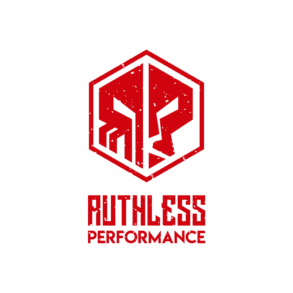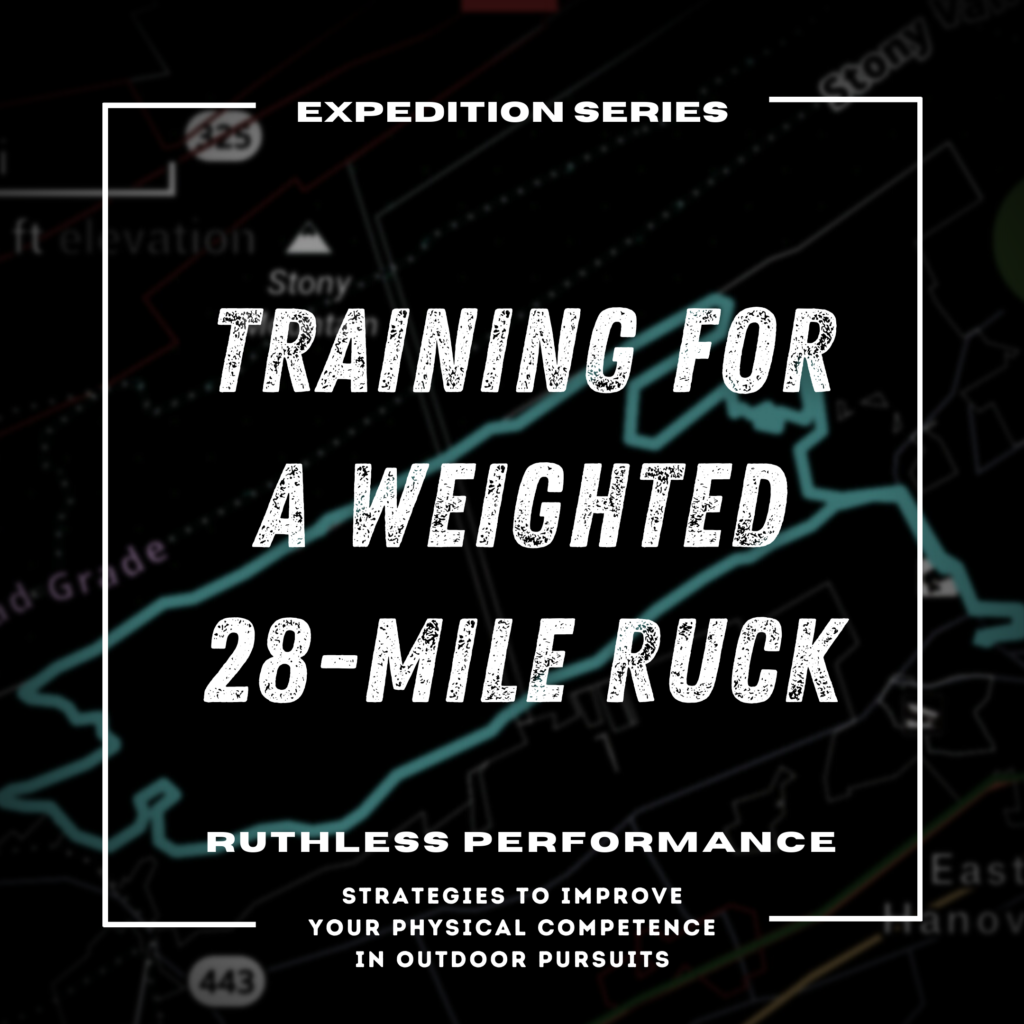This Saturday I’ll be completing a 28-Mile Ruck March around the perimeter of Fort Indiantown Gap. This is an event that I’ve done in the past, but I only recently decided to commit to this year’s march. It’s a noble cause which supports and honors fallen soldiers, and its full-length event is certainly not for beginners. The event is a timed 28-mile ruck march. The heavy division—the one in which I’ll be participating—requires participants to carry a 35-pound pack along the entirety of the course.
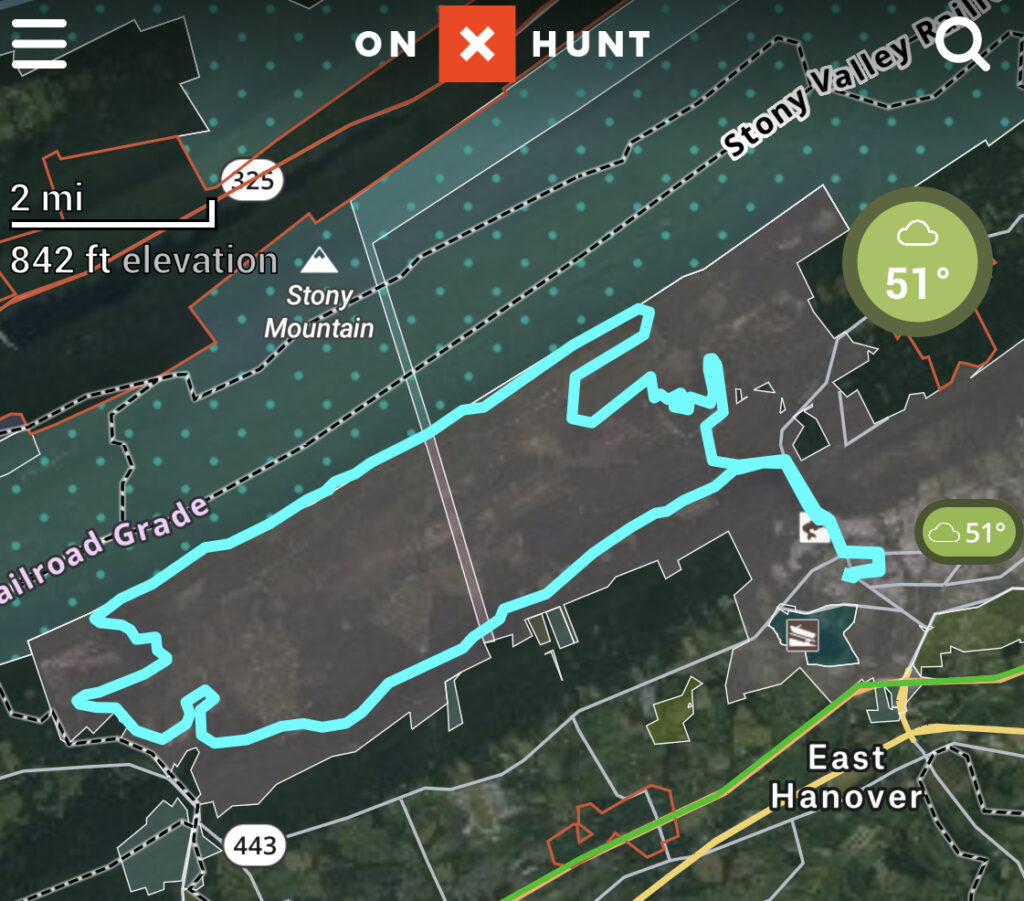
So how am I training for this rigorous endurance event?
In short, I’m not… But this isn’t an installment of Microblog Monday, so let’s dig into this lack of specific training in greater detail.
I am training in the sense that I always am, and first and foremost on my mind in my training at the moment is my world-record paddleboarding attempt. My continual training, and the particular style of training that I engage myself in allows me to maintain a high enough level of physical fitness that I’m capable of doing an event like this without carving out a major chunk of time to train for this specific event.
This style of training also allows me to maintain a relatively low body fat percentage, run various distances comfortably, maintain a high level of absolute strength, and transition from one athletic pursuit to the next with limited turnaround time.
Unless a client comes into train with us with a specific goal in mind, this is the primary doctrine we use for training the majority of our clients.
Will I be the first to finish the ruck with this style of training?
Likely not.
Would I train differently if a podium finish was important enough for me to upend my training and focus on this particular event?
Absolutely.
But instead of viewing this race as something to train for, I’m instead viewing it as a form of training itself. Archery season starts throughout most of Pennsylvania one week after this event and this sure is sport-specific training for that pursuit.
My training changes on a continual basis, tweaking, fixing, testing, and hypothesizing as I go. So, it would be a lie to say that nothing in my training reflects the demands of this 28-mile event. Here are some things that I’ve been doing in my training as of late to prep for this race.
3. Emphasize Soft-Tissue Quality in the Foot, Ankle, and Lower Leg
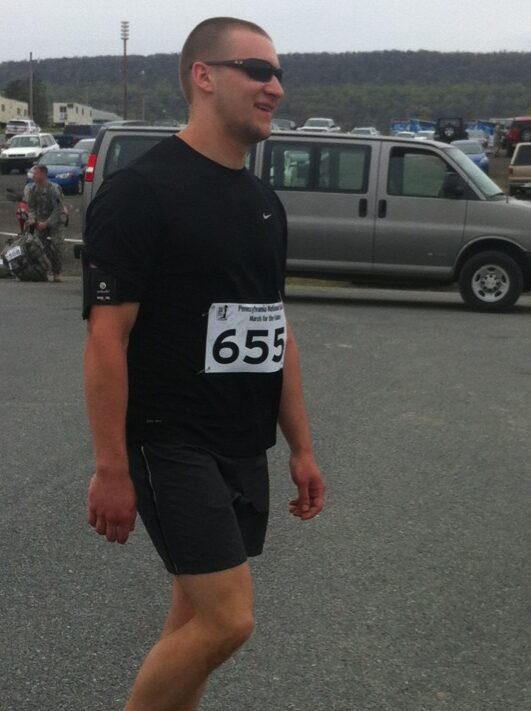
This is solid advice for runners, walkers, and hikers of all distances. But with an event of this length, preserving tissue quality (to the extent that that’s possible over a weighted 28-mile event) is crucial.
In the weeks and days leading up to this event I’ve focused more and more on my lower leg health. Self-Myofascial Release (SMR) with both lacrosse balls and foam rollers—something which is usually in the very back of my mind is now in the forefront. I’ll switch off from one side to the other with the foam roller on my calves or the lacrosse ball on my feet. I’ve been trail running, although unweighted, and I regularly just ignore the soreness in my calves or heels and traditionally work the soreness out through active recovery walks and hikes. I’ve also have been doing more ankle-wall mobility drills, banded tibialis raises, and dorsiflexed ankle drills as the event draws near.
No matter what, you’ll be in some level of discomfort at the end of an event like this, the key, however, is to make sure that you’re not going into an event like this with any pre-existing discomfort.
2. Set Routes and Improve on Them—What Gets Measured Gets Improved
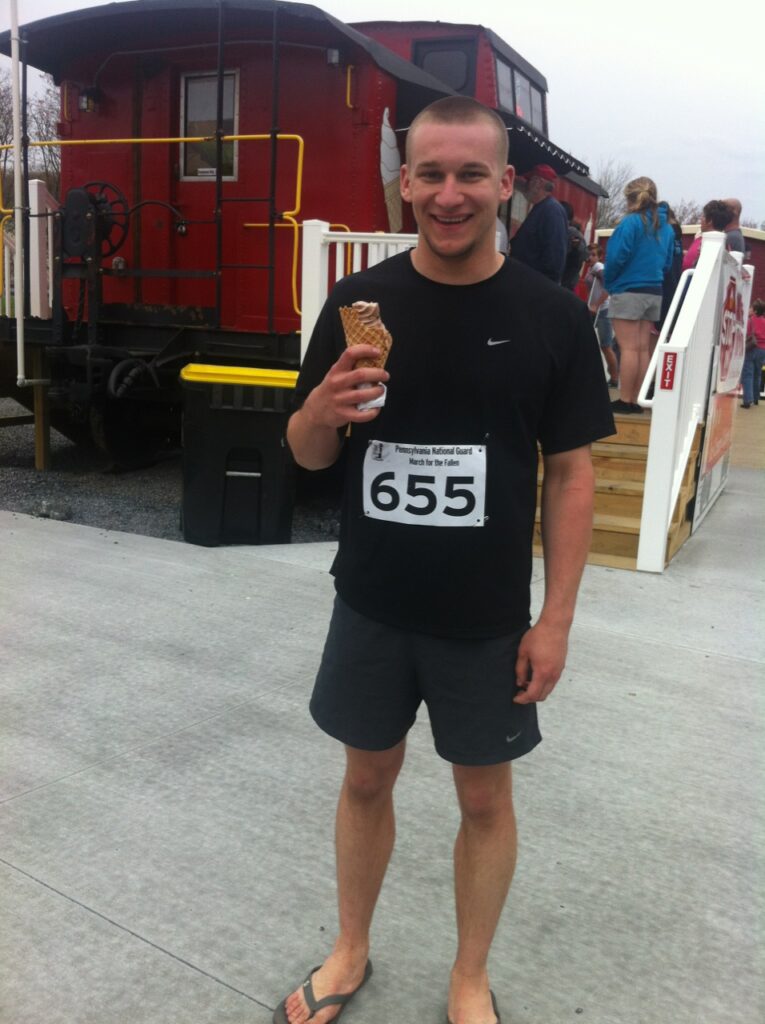
In my training I’ll regularly run or cycle the same routes for a handful of weeks at a time. In training for a 28-Mile Ruck, a full 28-Mile Training event is usually too long. If you want to get good at longer distances, I would begin by separating out the distance from the weight. First begin with a longer, unweighted route—probably somewhere in the 10–15-mile range. Run or walk this long-unweighted route, trying to gradually improve your time over the course of each attempt.
Then, as a second course, add the weighted ruck and try to improve time along that course; something shorter in the 5–6-mile range should suffice. Course specifics like elevation, incline, and terrain should be taken into account for any dedicated training that you may be doing or may need to improve upon.
You’ll likely want to do a few test runs with the weighted ruck along the longer course, here you can use this opportunity to find what works, i.e. pack set-up, shoe preference, etc.
1. Focus on Strength and Conditioning
Weighted ruck walks can be very consequential to joint health. Even if you aspire to be the Michael Jordan of rucking, ruck walks should make up less than 20% of your overall training. The amount of wear and tear would simply be too high to train this way with too much frequency.
Building out a robust cardiovascular system and the physical strength to get across the finish line in an event like this is best broken down into its various components. The further out you are from an event like this, the more strength training should be the priority.
The cardiovascular system can fluctuate to a large degree—even a week or two off of hard aerobic work will squander away a large percentage of the improvements that you’ve made in your training. Keep a high base of cardio-respiratory endurance, but accentuate its enhancement more and more as an event like this draws near.
On the strength training front, strong hamstrings will keep you in the game far longer than you could manage by rucking alone. Hip hinge (deadlift) variations can build up the hamstrings, as can various unilateral exercises in both the squat and hinge pattern. In the upper body the traps can create a shelf from which to hold the weight, so exercises like ring rows, trap bar shrugs, and even overhead presses (if you can do them pain-free) are important.
